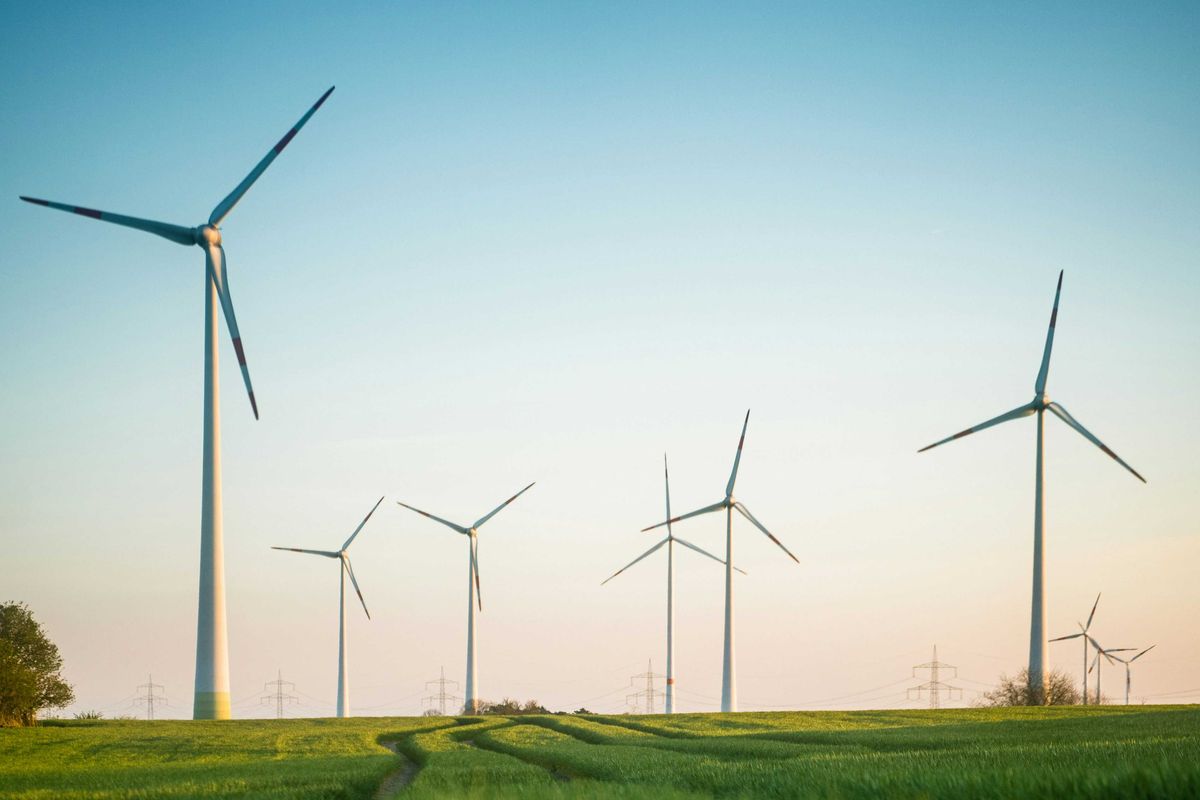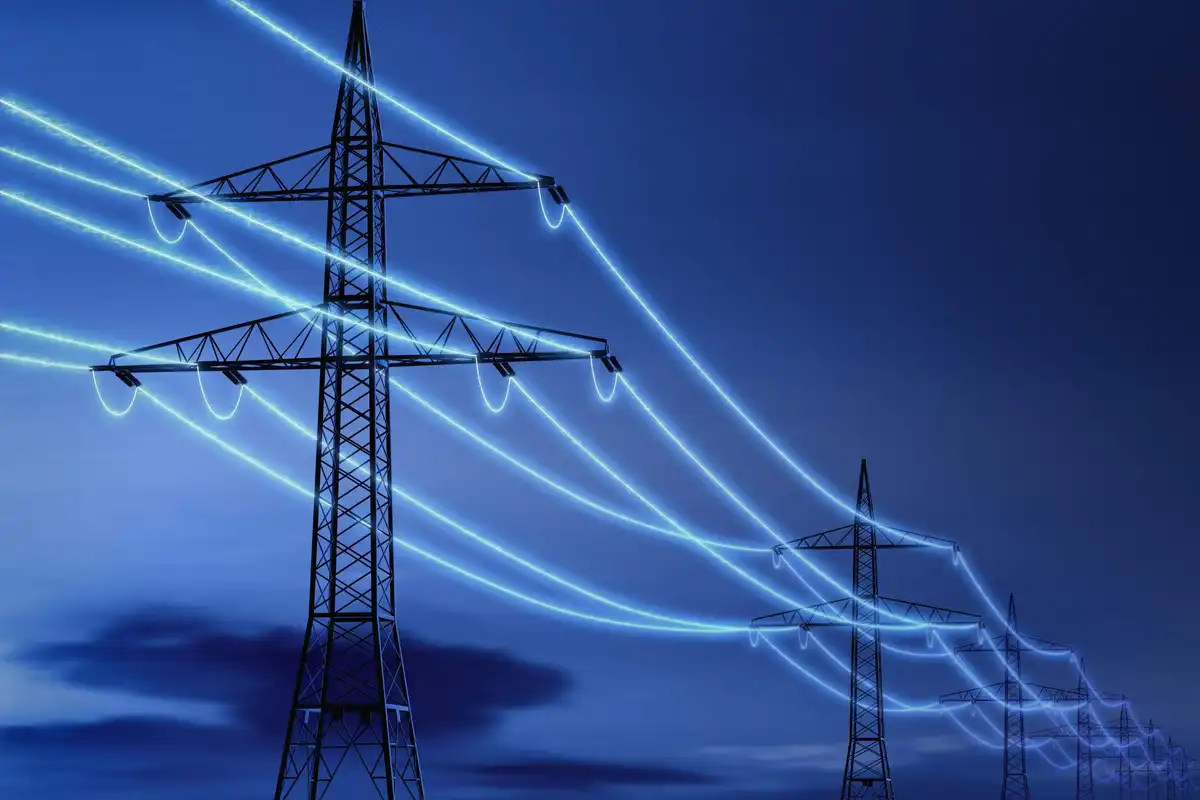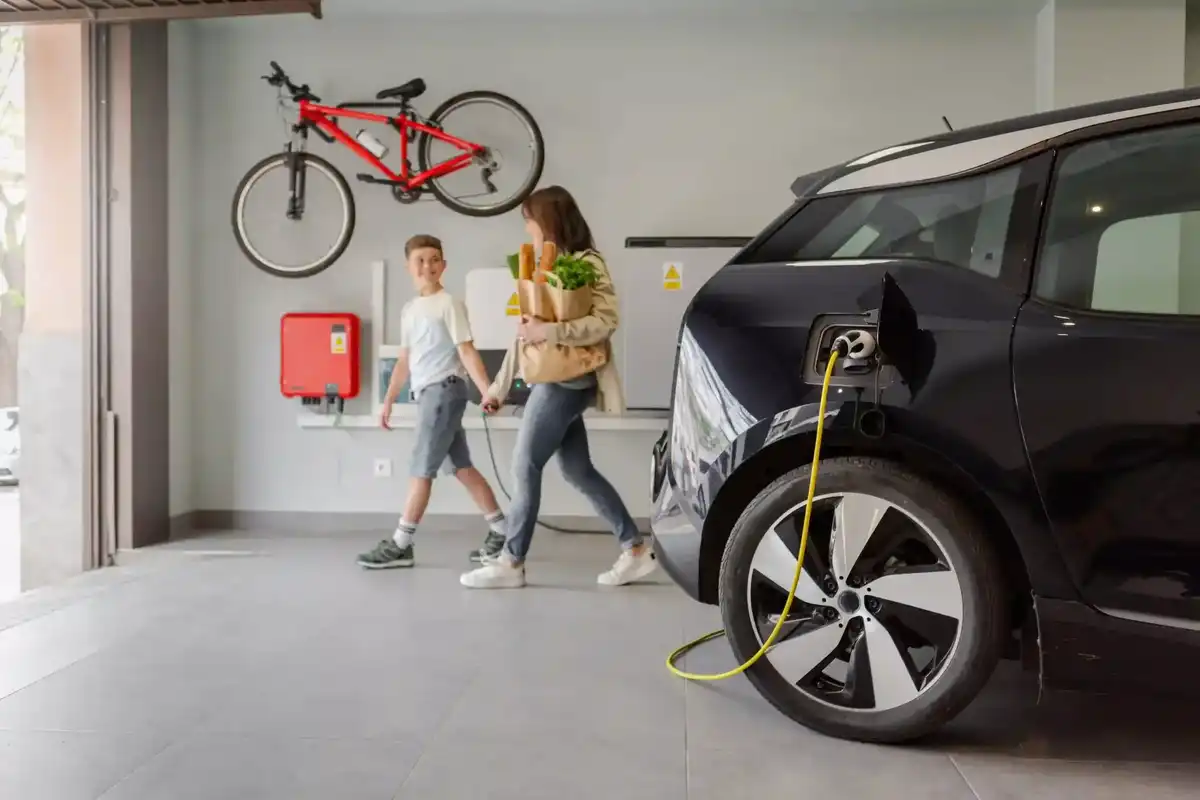Podcast: Houston energy tech leader on breaking down industry silos, sustainable digitization
listen now
Ken Nguyen oversees the implementation of new technologies at bp, which has its United States headquarters in Houston, and that includes software and hardtech, from cybersecurity to the digitization of the industry, which is an integral part of bp's energy transition plan.
"For bp, we do feel like as we transition as an international oil and gas company into an integrated energy company and we lean into the energy transition, the adoption of new technology is a critical part of making that viable for the planet and for the company," he says on the Houston Innovators Podcast.
According to Nguyen, principal technical program manager at bp, the company has invested its resources into exploring energy transition technologies like electric vehicle charging — including opening a fast-charging station at its Houston office — and renewable energy, including a solar farm about 10 miles northeast of Corpus Christi.
Another technology bp is keen on is digital twin technology, which can be crucial for enhancing safety for bp personnel and reducing emissions.
Nguyen says digital twin technology "allows us to be able to design and mirror scenarios with real-time variables, such as weather, off-take demands, and volatility."
Recently, in order to explore innovation within these technology verticals, bp and NASA entered into a Space Act Agreement with NASA.
"Houston has always been known as the Space City, and we're also known as the Energy Capital of the World, but there hasn't always been collaboration," Nguyen says. "The challenges that NASA is facing is very similar to the challenges that the oil industry faces — we operate in very harsh environments, safety is the most critical aspect of our operation, and now the economic business model for NASA has changed."
Nguyen explains that while both bp and NASA are navigating similar challenges and changes within their industry, they are going about it in different ways. That's where the opportunity to collaborate comes in.
The partnership, which is still new and not fully fleshed out, will look at collaborative innovation into a few focus areas to start out with, including hydrogen storage and development, AI and general intelligence, robotics, and remote operations
"Houston continues to excel — in energy production and in space exploration — but by coming together," Nguyen says, "and for us to be able to tap into (NASA's) knowledge is tremendous. And we, within oil and gas, have a unique set of skills to blend into that with the hopes being that the city becomes this incubator for technology. The potential is there."








 Air Liquide and Hyundai agreed to expand hydrogen refuelling networks, storage capacity and more at a meeting in Seoul last week. Photo courtesy Air Liquide.
Air Liquide and Hyundai agreed to expand hydrogen refuelling networks, storage capacity and more at a meeting in Seoul last week. Photo courtesy Air Liquide.
